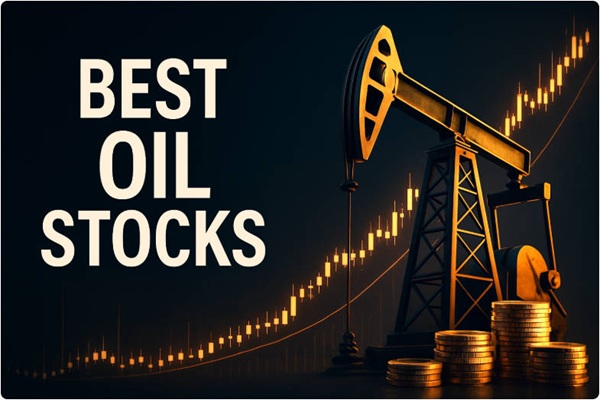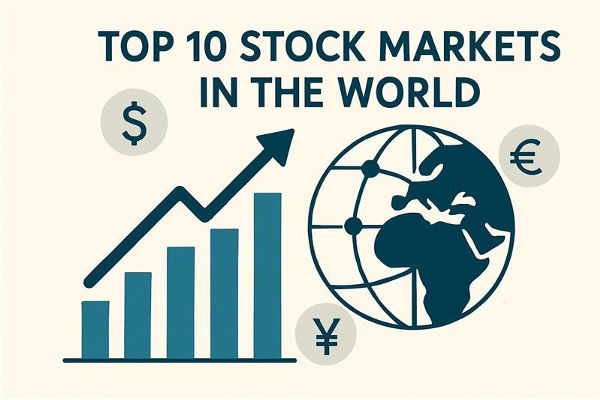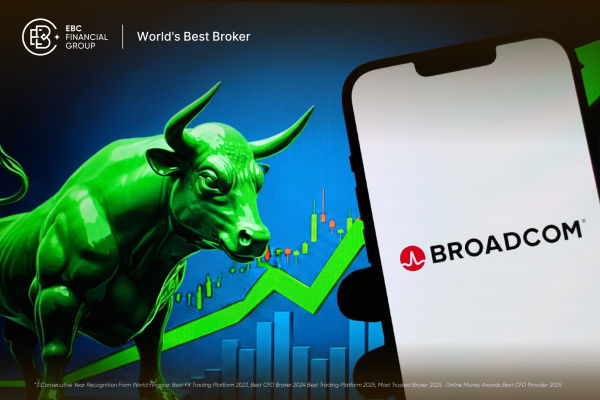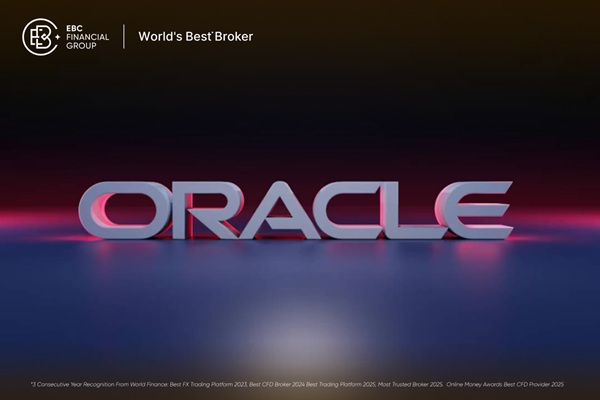Exxon Mobil, Chevron, Shell, BP and ConocoPhillips stand out as the best oil stocks of 2025. supported by solid balance sheets and steady cash flow.
As the year closes, the energy sector shows resilience despite softer prices and uneven global demand. The leading oil companies continue to deliver dependable dividends and disciplined capital returns, keeping them attractive to long-term investors.
With oil prices hovering near US $64 per barrel and global supply rising faster than demand, investors now face a more selective landscape where scale, cost discipline and capital efficiency define success.
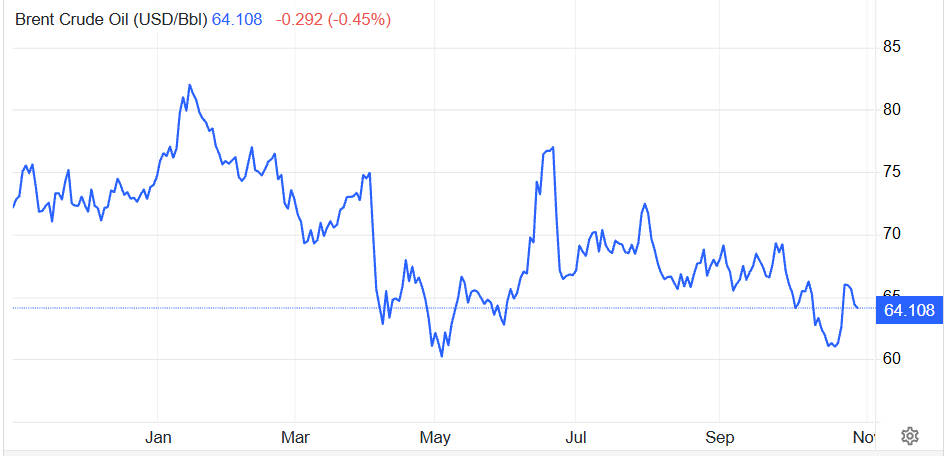
This article reviews 2025's top performers, examines the forces shaping the oil market, highlights key selection metrics, and provides a practical guide to positioning for 2026.
Best Oil Stocks to Buy Now: 2025 Performance Leaders
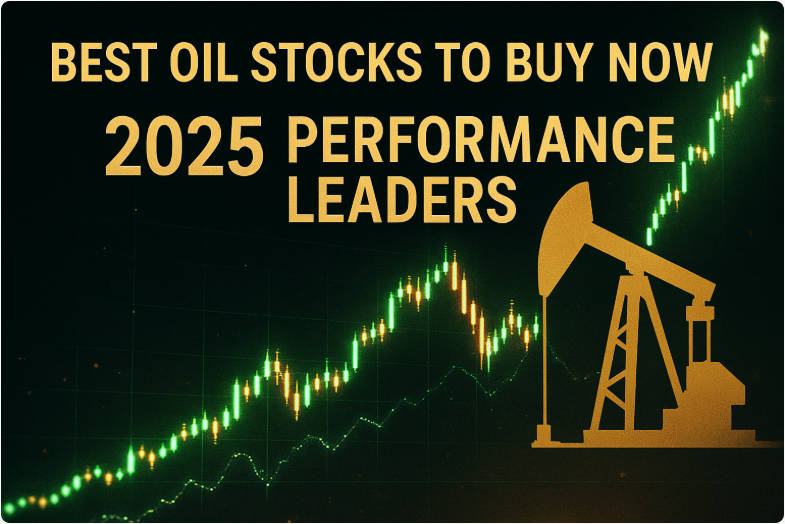
Below is a ranking of the top five oil stocks based on market cap, dividend yield, and recent performance as of 29 October 2025.
| Company |
Ticker |
Market Cap (USD bn) |
Dividend Yield (Forward %) |
Key Strengths |
| Exxon Mobil |
XOM |
490 |
3.4 |
Integrated operations, strong free cash flow, consistent buybacks |
| Chevron |
CVX |
310 |
4.4 |
Disciplined capital allocation, high dividend yield |
| Shell plc |
SHEL |
217 |
3.9 |
Diversified refining and trading operations, energy transition projects |
| BP plc |
BP |
80 |
4.5 |
Attractive yield, strategic repositioning under activist guidance |
| ConocoPhillips |
COP |
140 |
3.6 |
Low-cost upstream production, high leverage to oil price upside |
Key observations
Large integrated producers dominate the top positions due to diversified cash flow and reliable shareholder returns.
Dividend yield remains a differentiating factor for retail investors seeking income.
Upstream specialists like ConocoPhillips benefit from breakeven cost advantages during price volatility.
Market Backdrop: Energy Sector Dynamics in 2025
Understanding oil stock performance requires a review of macro and micro factors influencing the sector:
Oil Prices:
Brent crude has traded near US$64 per barrel in late October 2025, down from earlier peaks, reflecting slower demand growth and inventory accumulation.
Supply:
OPEC+ and non-OPEC producers increased output in 2025. with global supply projected to rise further in 2026.
Demand:
Global oil demand is growing modestly at around 0.7 million barrels per day, driven mainly by emerging economies.
Volatility Factors:
Geopolitical tensions, regulatory shifts, and inflationary pressures continue to affect pricing and operational decisions.
Implications for investors
Upstream exposure is more volatile and requires attention to breakeven costs.
Integrated and midstream companies offer smoother cash flows and lower cyclicality.
Dividend reliability and capital discipline are critical for retail investors during uncertain cycles.
Key Metrics for Selecting the Best Oil Stocks
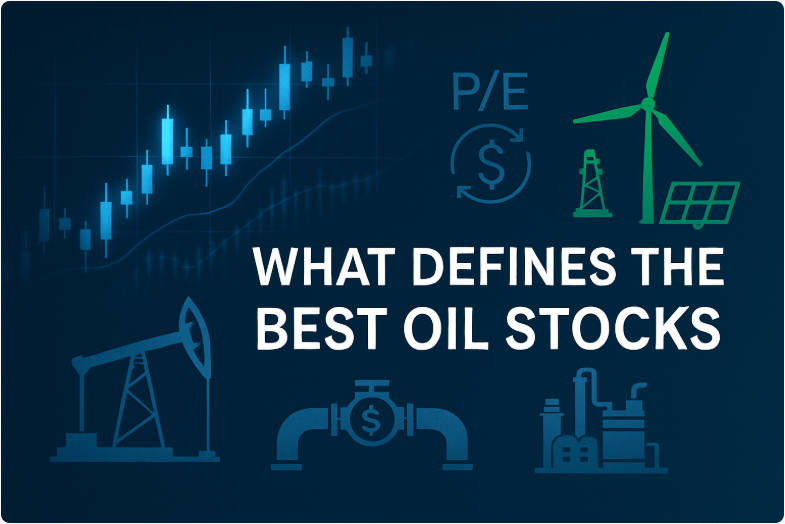
Successful stock selection relies on objective, data-driven criteria:
Cash Flow: Positive and consistent free cash flow after capital expenditure
Balance Sheet Strength: Low net debt to EBITDA ratio or clear deleveraging plans
Breakeven Costs: Producers with breakeven costs below mid-cycle oil prices are resilient
Capital Allocation: Evidence of disciplined buybacks and conservative capex
Business Mix: Integration or midstream exposure reduces cyclicality
Dividend Sustainability: Stable payout ratios and growth history
Transition Strategy: Investment in low-carbon projects and ESG compliance
Selection Criteria Table
| Category |
What to Monitor |
| Cash Generation |
Free cash flow per share and operating cash flow |
| Balance Sheet |
Net debt to EBITDA < 1.5x or trending down |
| Cost Competitiveness |
Upstream breakeven < US$45 per barrel |
| Shareholder Returns |
Sustainable dividends, buybacks, and payout ratios |
| Business Diversity |
Upstream, midstream, and downstream integration |
| ESG Readiness |
Publicly stated low-carbon or transition initiatives |
Category Breakdown: Investment Approaches in Oil Stocks
1. Integrated Supermajors
Examples: Exxon, Chevron, Shell, BP
Diversified revenue streams across exploration, refining and trading
Provides stable cash flow and reliable dividends
Lower earnings volatility relative to upstream-only producers
2. Low-Cost Upstream Producers
Examples: ConocoPhillips, EOG Resources
High earnings leverage to oil price increases
Attractive breakeven costs provide resilience during price drops
Greater volatility than integrated majors
3. Refining and Midstream Companies
Examples: Phillips 66. Kinder Morgan
Stable cash flow from processing fees and transport contracts
Less sensitive to crude price swings
Earnings dependent on refining margins and regulatory conditions
4. Oilfield Services and Equipment
Examples: Schlumberger, Halliburton
5. Risk Factors and Mitigation Strategies
Retail investors should consider explicit risks:
Price Risk: Oil price declines can sharply reduce earnings
Regulatory Risk: Stricter carbon regulations may affect profitability
Operational Risk: Cost inflation or production disruptions
Geopolitical Risk: Conflicts or sanctions affecting key regions
Valuation Risk: Overpaying for expected growth
Mitigation Tactics
Diversify across integrated, upstream, and midstream stocks
Limit position sizes based on risk tolerance
Consider ETFs for broad exposure with lower volatility
Monitor breakeven costs, dividends, and macroeconomic indicators regularly
Portfolio Allocation Guidance for Retail Investors
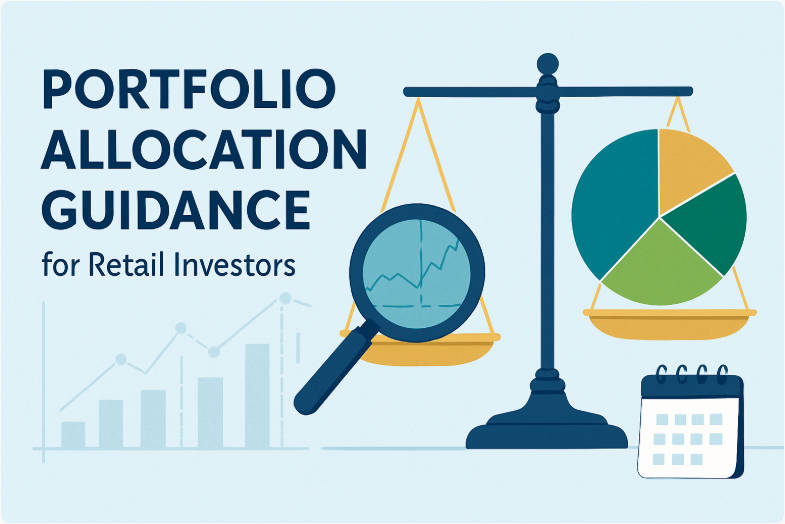
1.Conservative Income-Focused Portfolio
60% Integrated majors
30% Midstream/refining
10% Low-cost upstream producers
2. Balanced Growth and Income Portfolio
40% Integrated majors
30% Low-cost upstream producers
20% Midstream/refining
10% Oilfield services or selected growth names
3. Practical Monitoring Tips
Track quarterly free cash flow and dividend announcements
Review breakeven cost updates from company presentations
Follow IEA and EIA reports for supply and demand insights
Frequently Asked Questions
Q1: What are the best oil stocks to buy now?
A: Exxon, Chevron, Shell, BP and ConocoPhillips combine cash flow, dividends and resilience in 2025.
Q2: Are oil stocks still a good long-term investment?
A: Yes. Oil remains critical for transportation and petrochemicals, and companies with strong balance sheets and transition strategies remain attractive.
Q3: Which metrics should investors prioritise?
A: Free cash flow, net debt to EBITDA, breakeven costs, dividend coverage and capital allocation discipline.
Q4: How much of a portfolio should be in oil stocks?
A: Retail investors typically hold a modest 5–15% allocation. ETFs can provide core exposure, while individual stocks can be used for higher conviction positions.
Q5: What is the outlook for oil prices?
A: Brent is averaging around US$64 per barrel in late 2025. with forecasts for slight softening in 2026 depending on supply, demand and geopolitical developments.
Conclusion
Investors should begin with top-performing integrated majors for a stable core, add measured exposure to low-cost upstream producers for cyclical upside, and consider midstream/refining names for income and cash-flow stability. Discipline, monitoring key metrics, and understanding macro trends are essential for navigating the transition from 2025 into 2026 successfully.
Disclaimer: This material is for general information purposes only and is not intended as (and should not be considered to be) financial, investment or other advice on which reliance should be placed. No opinion given in the material constitutes a recommendation by EBC or the author that any particular investment, security, transaction or investment strategy is suitable for any specific person.
